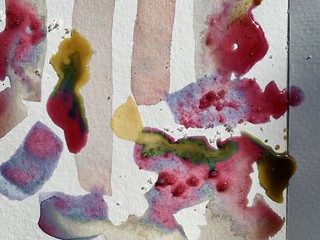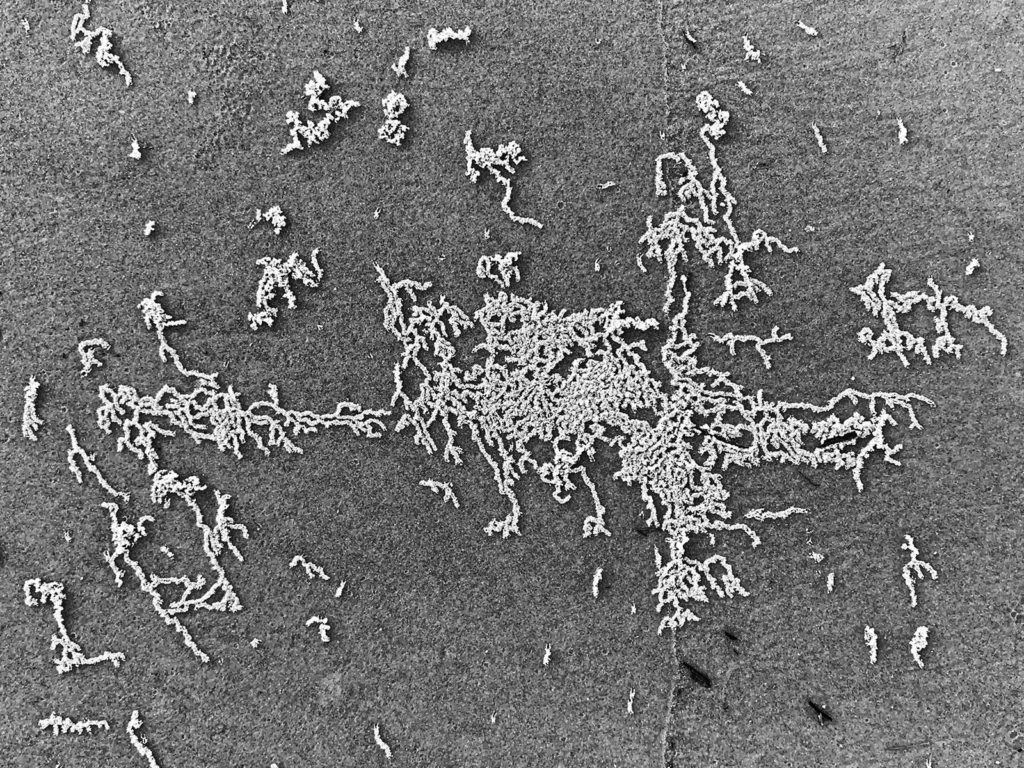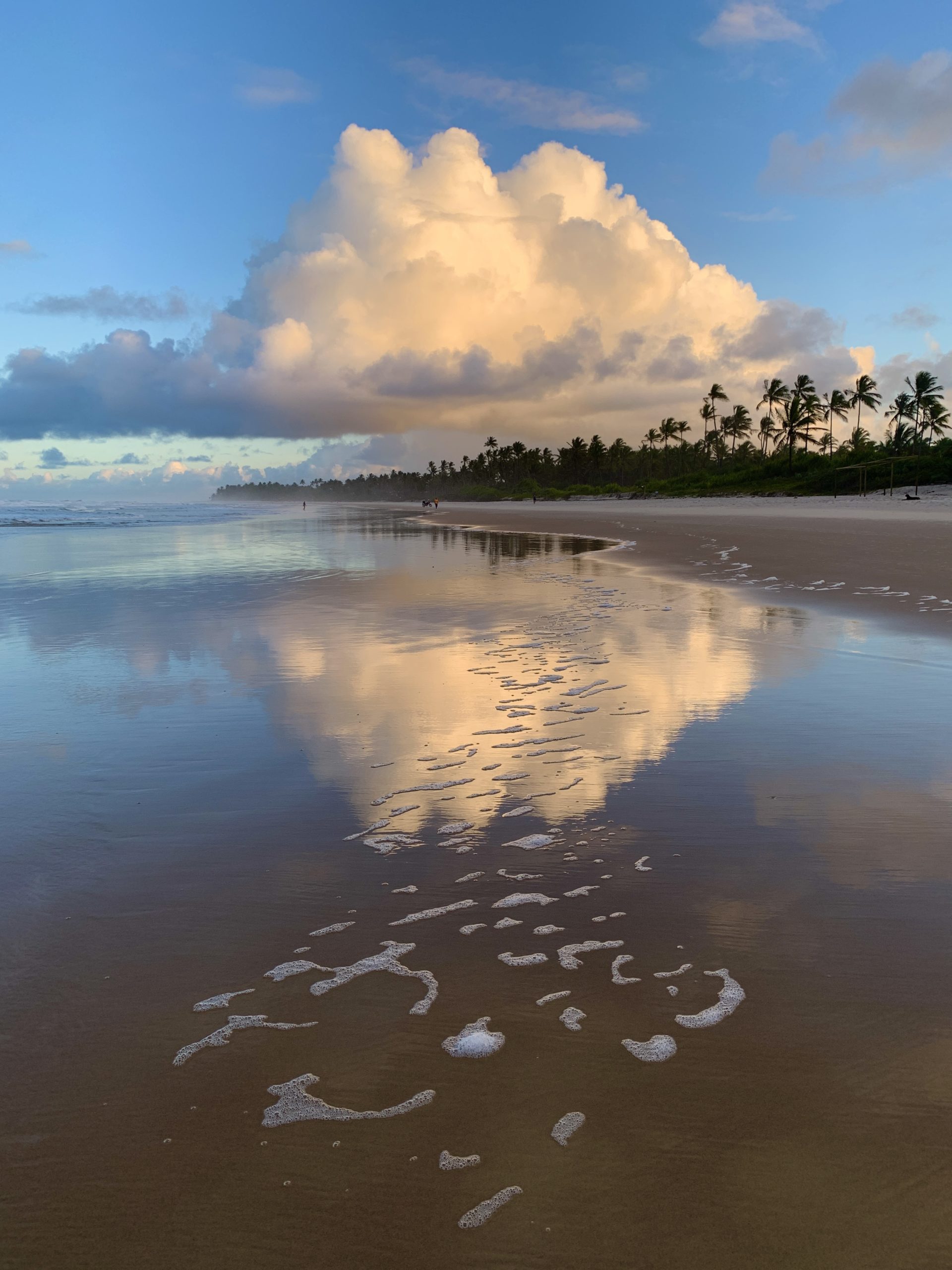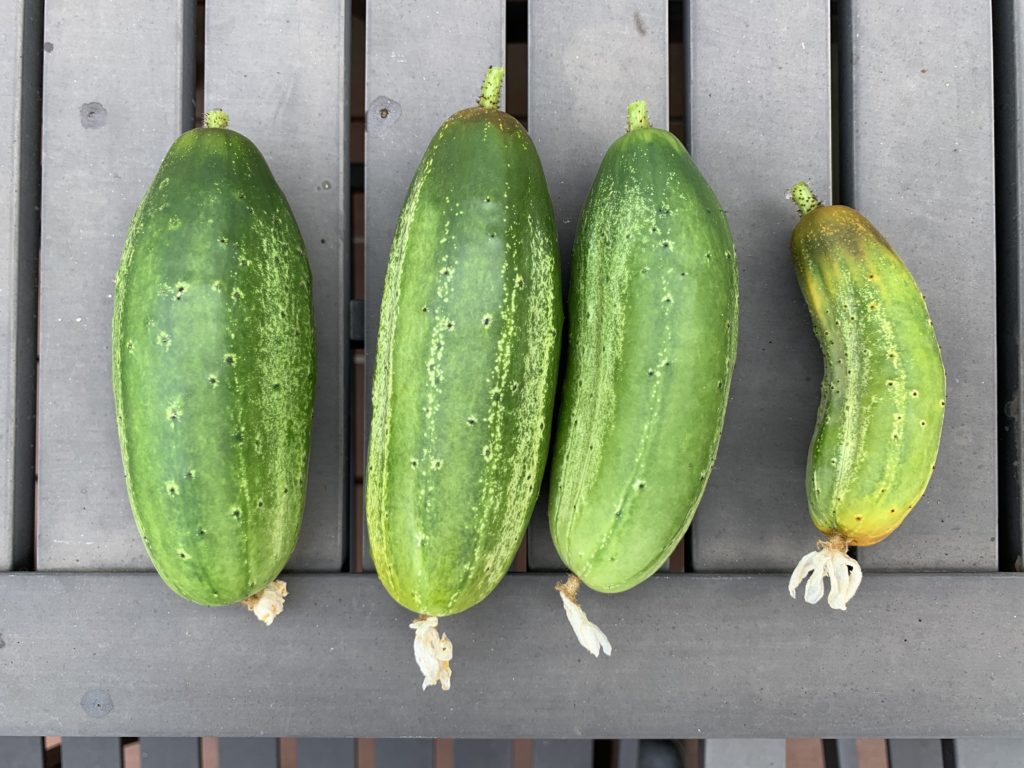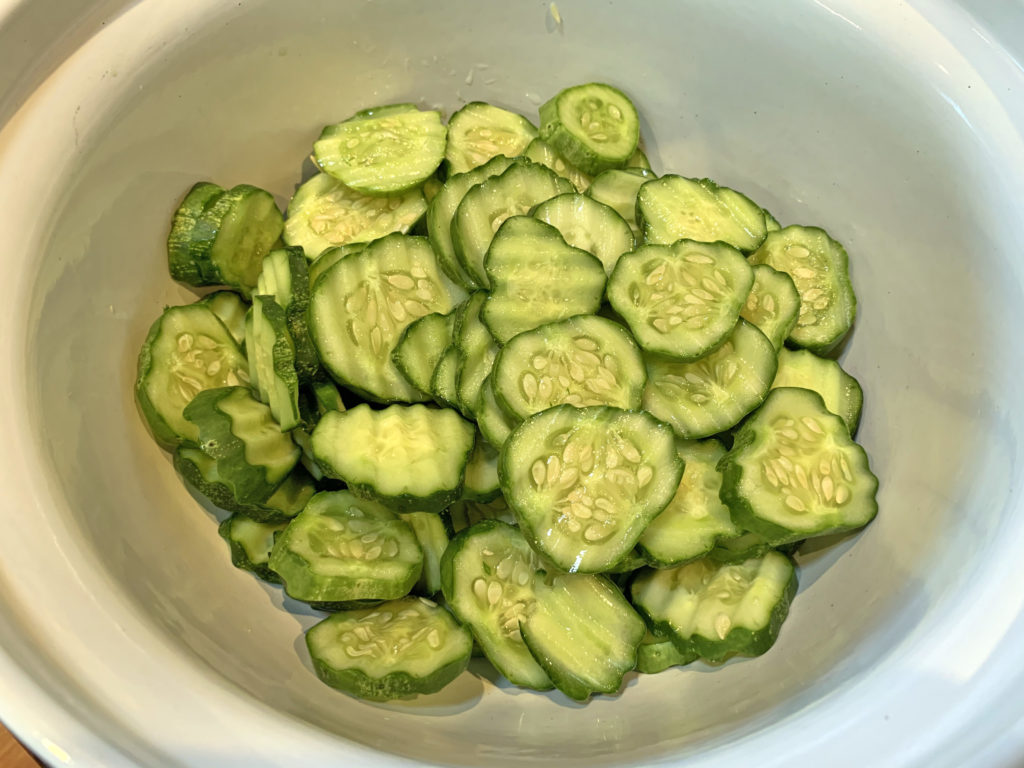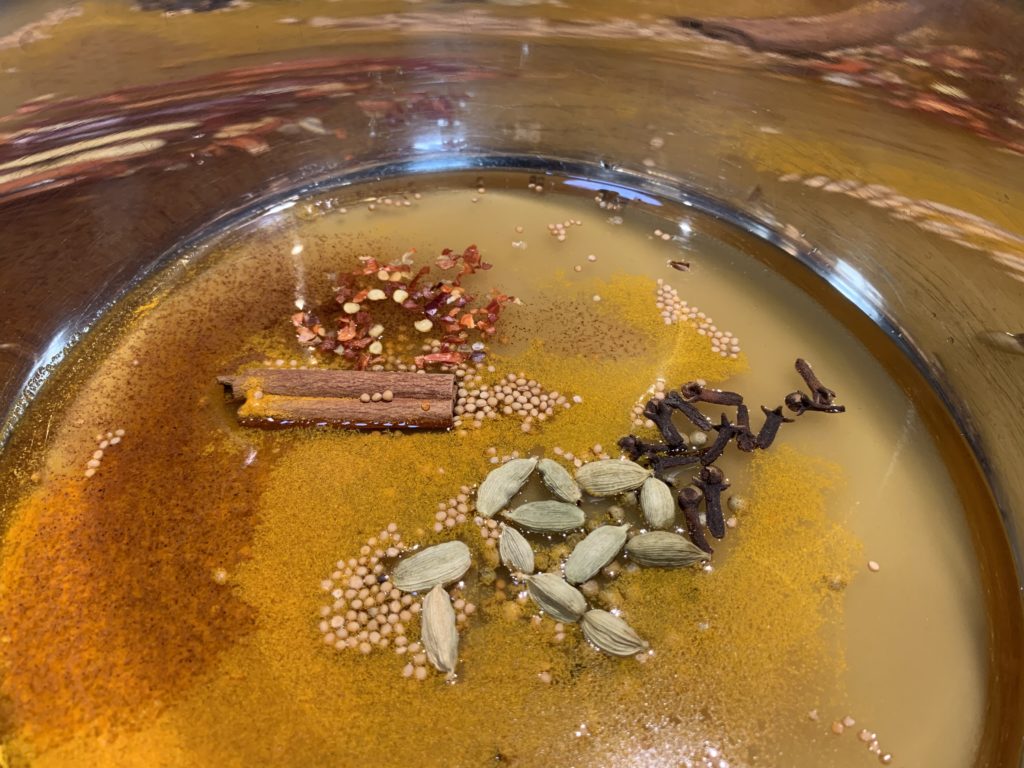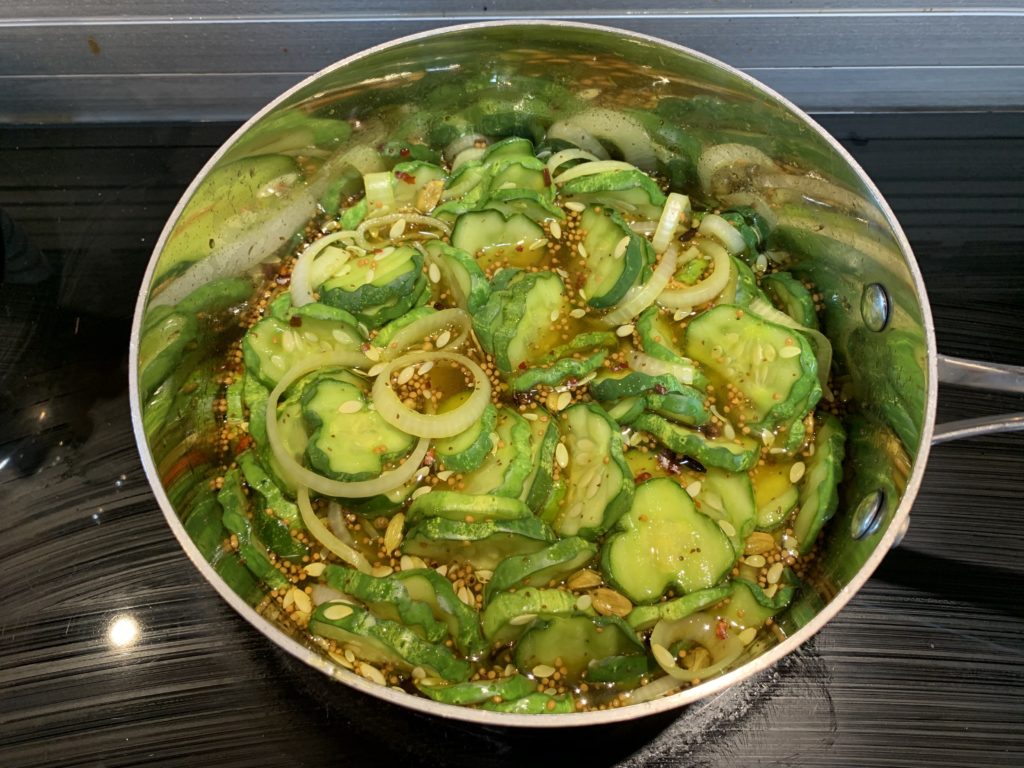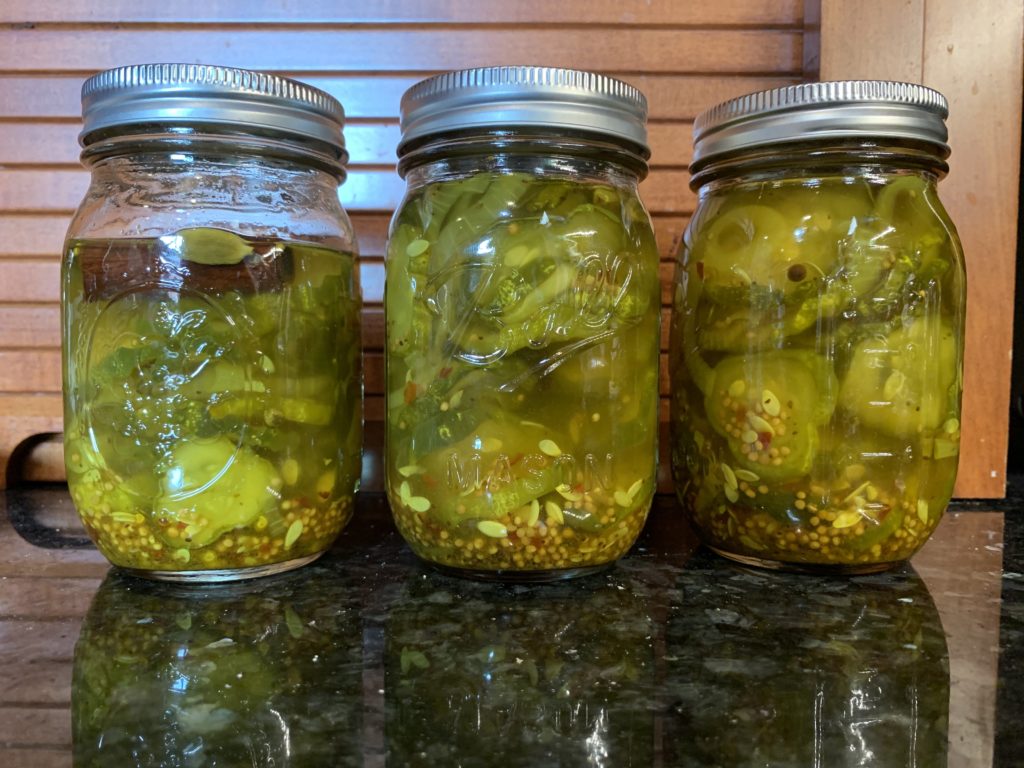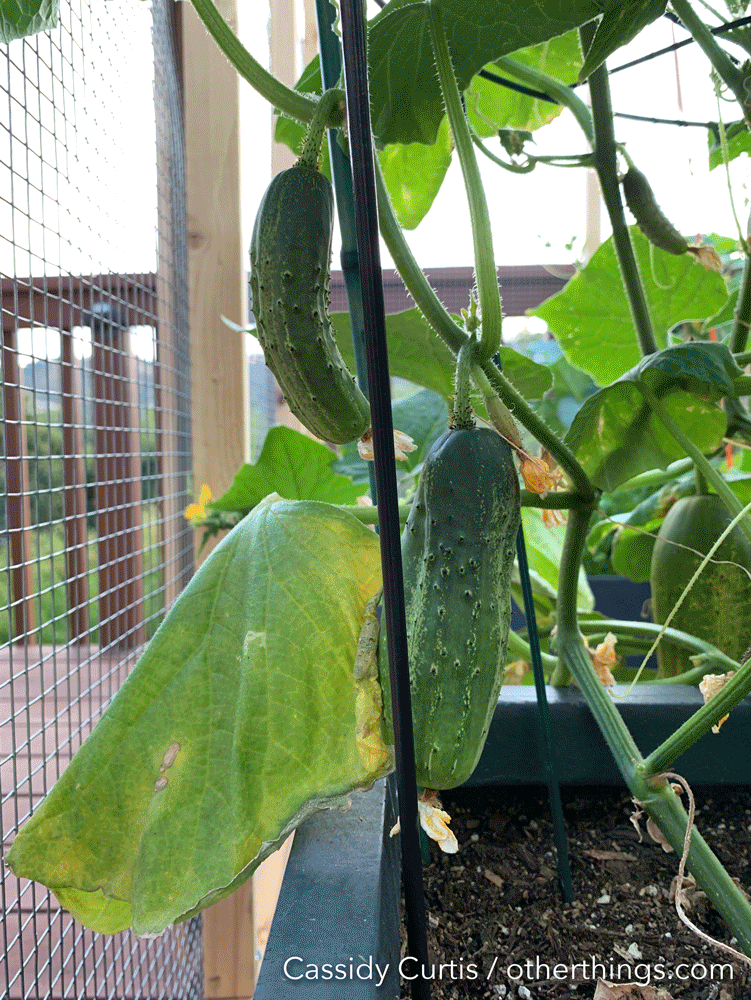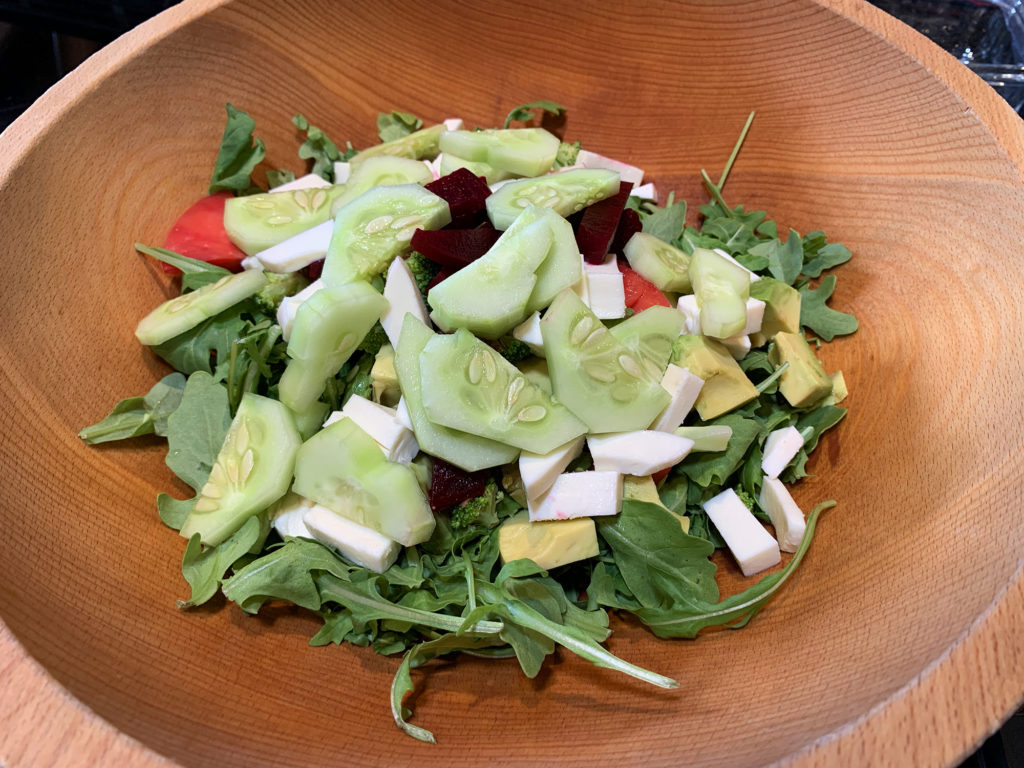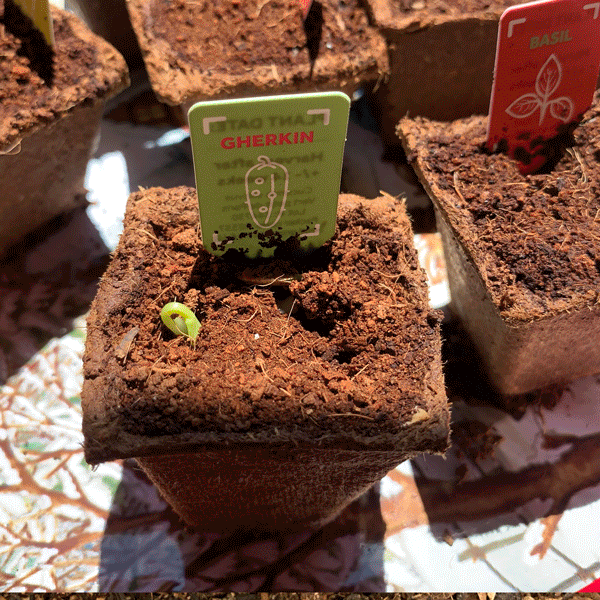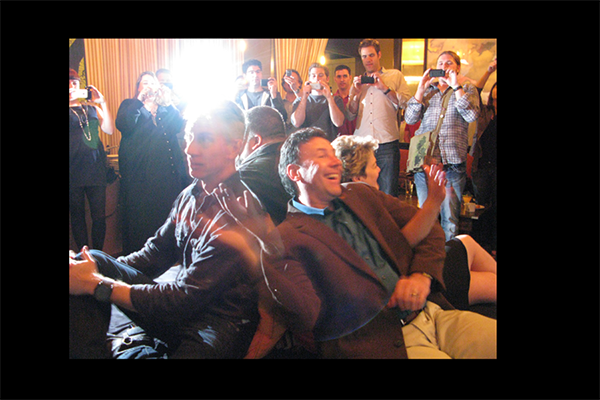My dear friend Eric Rodenbeck has been experimenting with creating his own homemade inks and paints from natural materials. Some of the inks mysteriously change in texture, and even color, as they dry. After months of looking at Eric’s paintings, I was intensely curious to see how these changes would look as they were happening. So, of course, I had to shoot some timelapse footage.
The inks I used here are hibiscus + lemon (pale red), hibiscus + orange peel (magenta), carrot greens + alum (yellow), and a sprinkling of sea salt for texture. Time span: about 1 hour.
If you pay close attention, something really strange happens about 11 seconds in to the video, when I added some yellow ink: wherever the yellow mixes with the magenta, the mixture turns a deep bluish green! What is going on there?
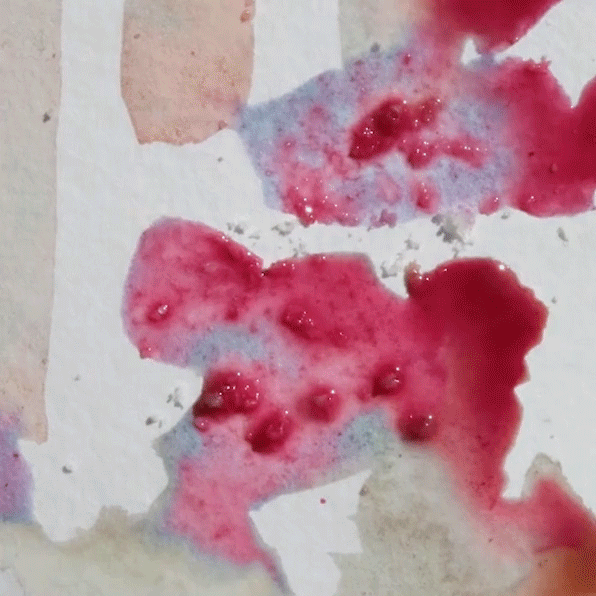
It turns out that hibiscus gets its color from a type of pigment called an anthocyanin, whose structure and color are pH-sensitive. In an acidic environment, it’s red, but when exposed to an alkaline it turns blue. Since the yellow ink is alkaline, it turns the red hibiscus blue on contact, which then mixes with the ink’s yellow pigment, becoming a lovely vibrant green.
Here are some more photos from the day. Hopefully this will be the first of many such experiments!

